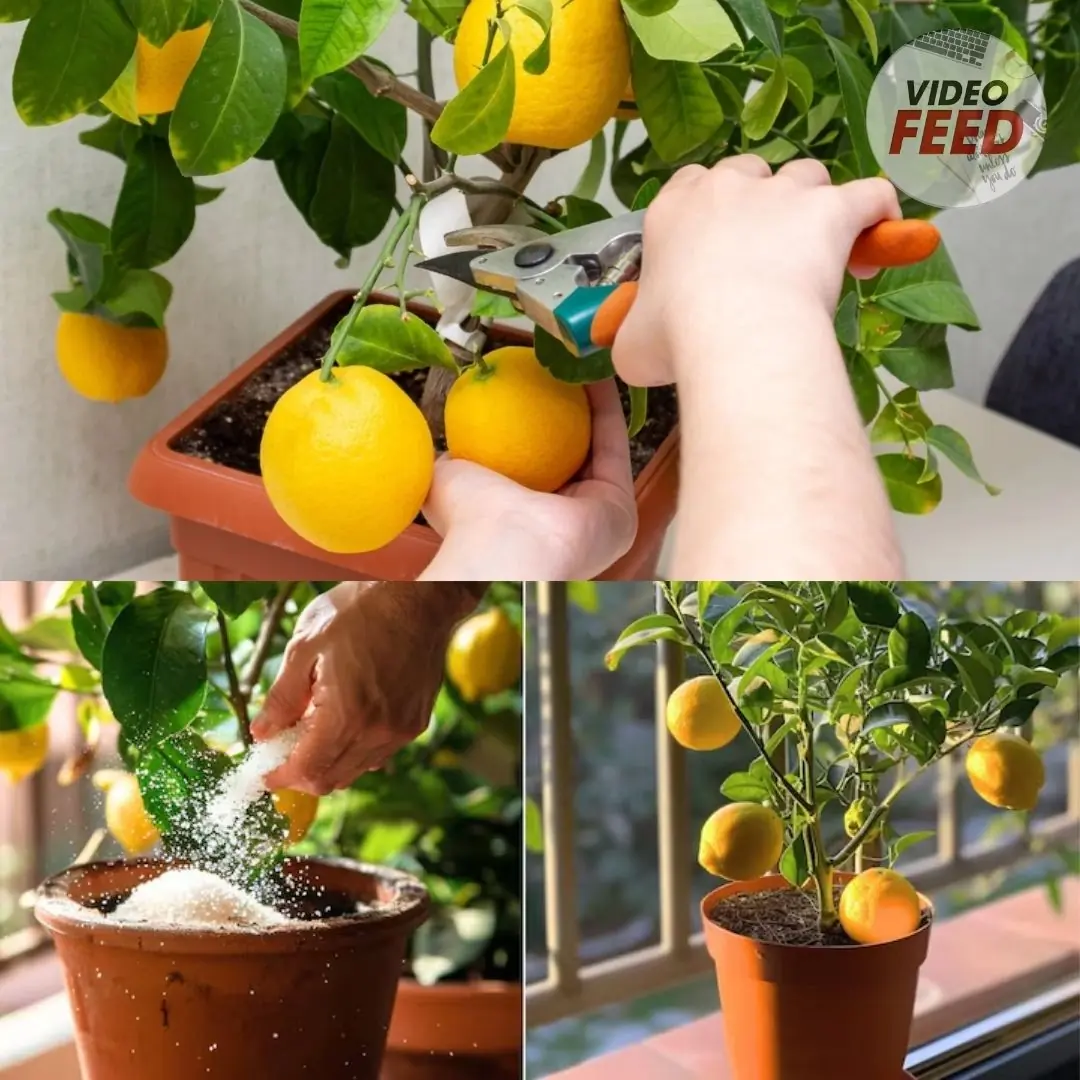
Cultivating Exquisite Orchids: Essential Tips for Healthy Plants and Beautiful Blooms

Orchids are among the most captivating and elegant flowering plants, admired worldwide for their delicate beauty and exotic charm. Whether you are a beginner or an experienced gardener, cultivating orchids successfully requires understanding their unique needs. With proper care, you can enjoy healthy plants that produce stunning, long-lasting blooms that enhance any space.
In this article, we’ll share essential tips to help you cultivate exquisite orchids with thriving foliage and beautiful flowers.
Understanding Orchid Basics
Orchids belong to a large and diverse plant family, with thousands of species adapted to different environments. Most popular orchids are epiphytes, which means they grow naturally on trees rather than in soil. This lifestyle influences how we care for them as houseplants.
1. Select the Right Orchid Variety
Start with orchid species or hybrids known for ease of care, such as Phalaenopsis (Moth Orchid) or Dendrobium. These varieties tolerate typical indoor conditions and bloom reliably, making them ideal for beginners.
2. Provide Proper Lighting
Orchids thrive in bright, indirect light. Direct sunlight can scorch their leaves, while insufficient light may prevent flowering.
-
Place orchids near east- or west-facing windows with filtered light.
-
Use sheer curtains to diffuse harsh sun rays.
-
If natural light is limited, consider supplemental grow lights designed for orchids.
3. Use Suitable Growing Medium and Containers
Since orchids don’t grow in regular soil, use a specialized orchid potting mix made from bark, sphagnum moss, charcoal, or perlite. This mix provides excellent drainage and aeration for roots.
Choose pots with drainage holes to prevent waterlogging. Transparent pots allow monitoring of root health and moisture levels.
4. Water Wisely
Overwatering is a common mistake that can harm orchids.
-
Water thoroughly but infrequently, allowing the potting medium to dry slightly between waterings.
-
Use room-temperature, non-chlorinated water such as rainwater or distilled water when possible.
-
Water the base of the plant and avoid getting water into the crown to prevent rot.
5. Maintain Optimal Temperature and Humidity
Most orchids prefer daytime temperatures between 65-80°F (18-27°C) and cooler nights.
-
Avoid placing orchids near drafts or heating vents.
-
Maintain humidity levels between 40-60%.
-
Increase humidity by misting leaves, placing pots on humidity trays, or using a humidifier.
6. Feed with Appropriate Fertilizer
Feed orchids every 2-4 weeks during the growing season with a balanced, water-soluble fertilizer formulated for orchids.
-
A fertilizer with equal parts nitrogen, phosphorus, and potassium (e.g., 20-20-20) works well.
-
Dilute fertilizer to half the recommended strength to avoid root burn.
-
Increase phosphorus concentration slightly to promote blooming.
7. Prune and Care for Flowers
Remove spent or dying flowers by cutting the flower spike just above a node to encourage reblooming.
Trim yellow or damaged leaves to keep the plant healthy. Repot orchids every 1-2 years to refresh the growing medium and inspect roots.
8. Monitor for Pests and Diseases
Regularly check for pests such as aphids, mealybugs, or spider mites. Use insecticidal soap or neem oil for treatment if necessary.
Watch for fungal or bacterial infections and maintain good air circulation around plants to reduce risks.
Conclusion
Cultivating exquisite orchids is a rewarding experience that brings beauty and tranquility to your home. By selecting suitable varieties, providing proper light, watering correctly, maintaining temperature and humidity, and feeding your plants appropriately, you can enjoy healthy orchids with breathtaking blooms.
With patience and attentive care, your orchids will flourish and become a stunning highlight in your plant collection.
News in the same category

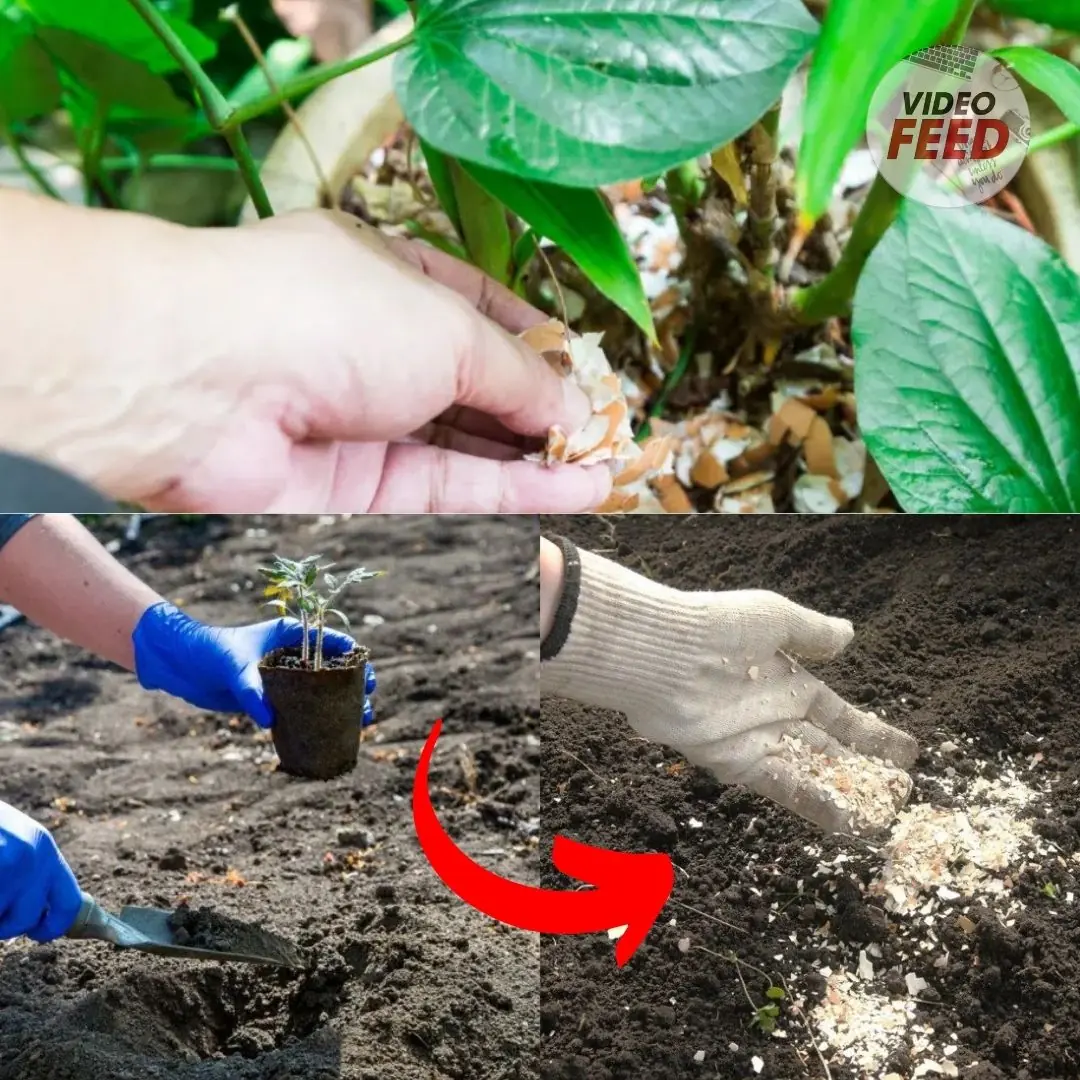
7 Brilliant Uses For Eggshells In Your Garden
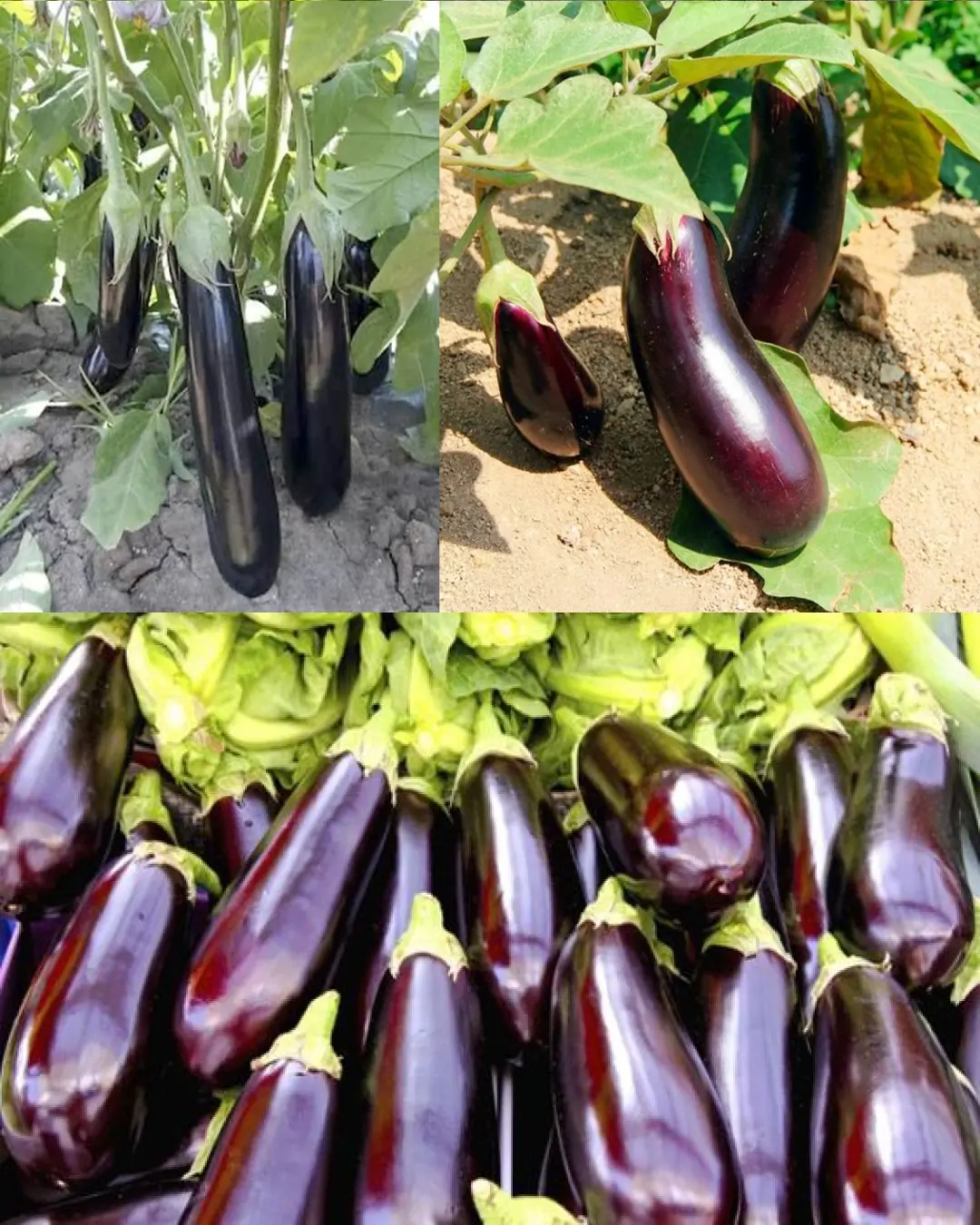
Grow Plump, Flavorful Eggplants with These Smart Growing Tips

A Little Cloud

Whistling Dick's Christmas Stocking

4-year-old boy suffers from diabetes, mother bursts into tears after doctor says: "It's all in the family"

Christmas at Red Butte
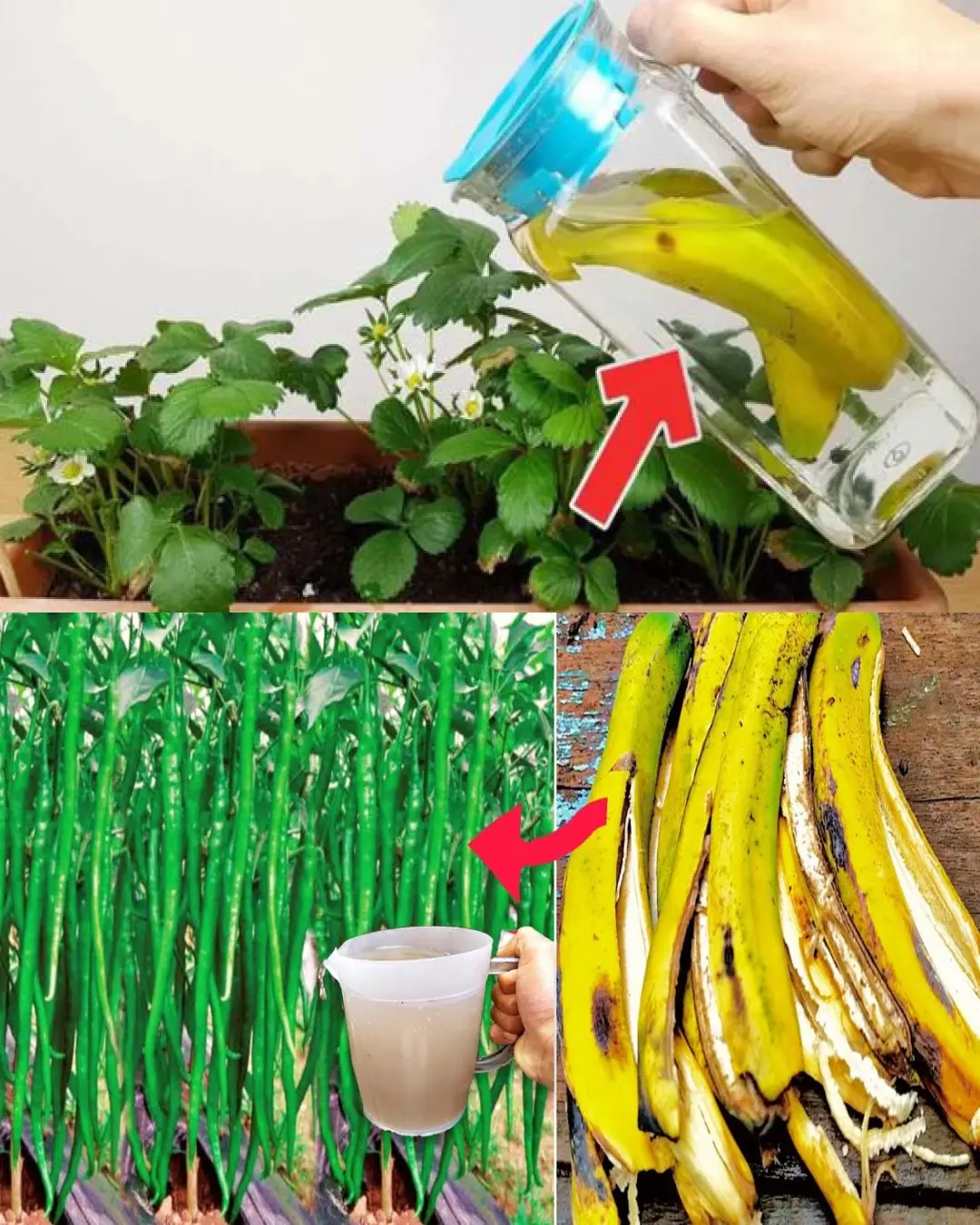
Amazing benefits of banana peels for gardening

The Moonlit Road

Gentlemen: The King!
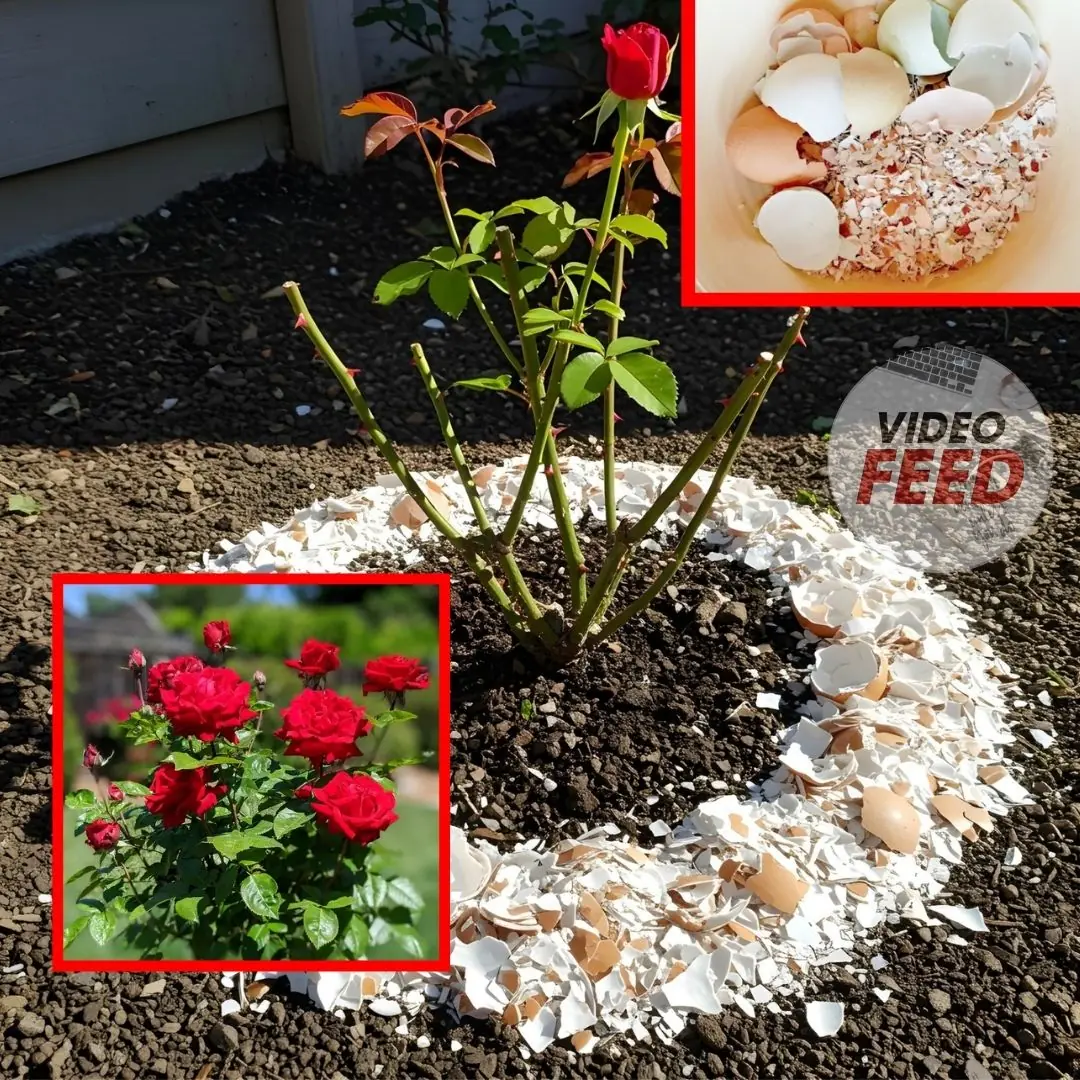
Tried crushed eggshells around my roses and the change is real

How to Grow Strawberries in Pots

6 Simple Steps to Grow an Avocado Tree From a Pit
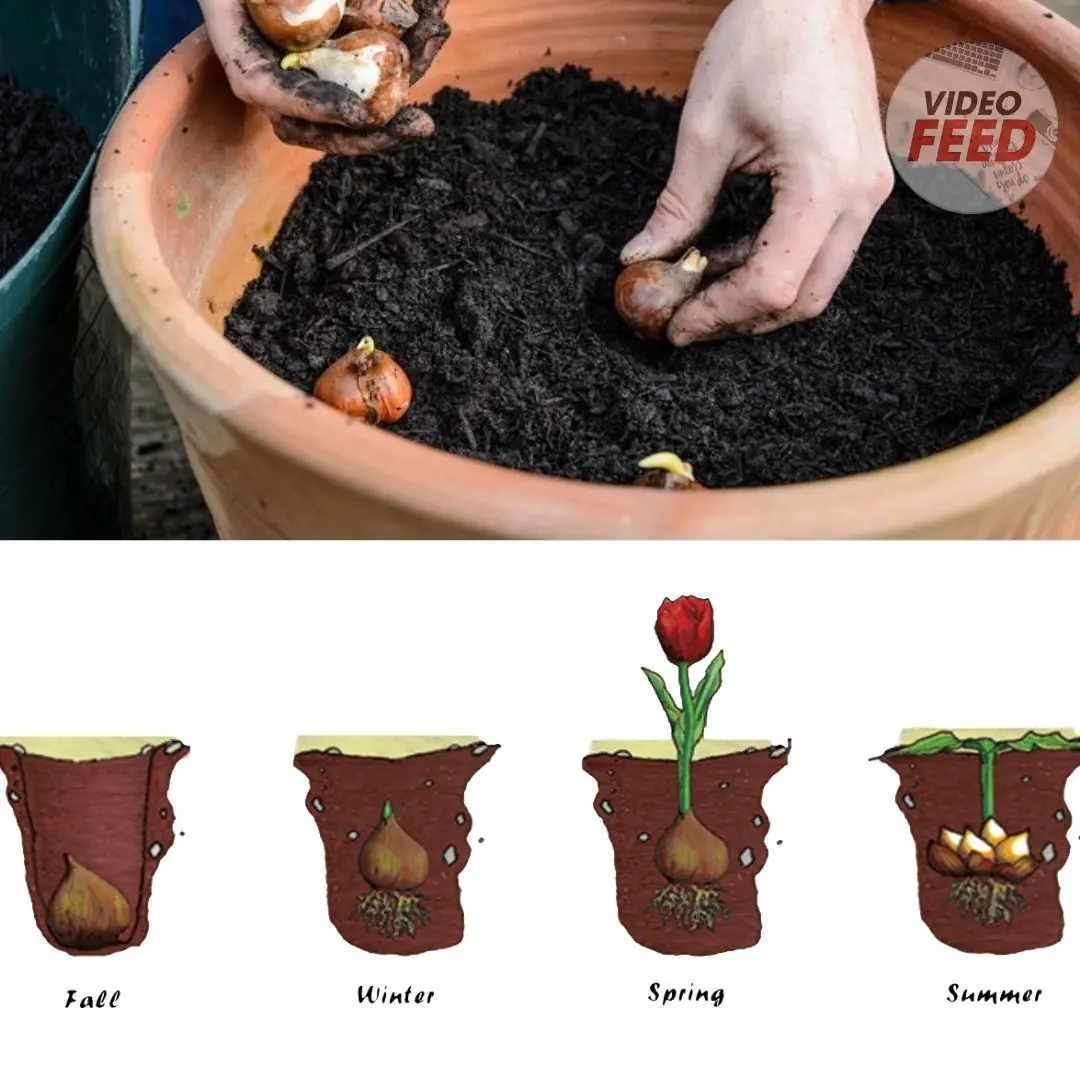
Tulip Bulb Planting Guide: All You Need To Know

What the Bell Saw and Said

Cousin Tribulation's Story
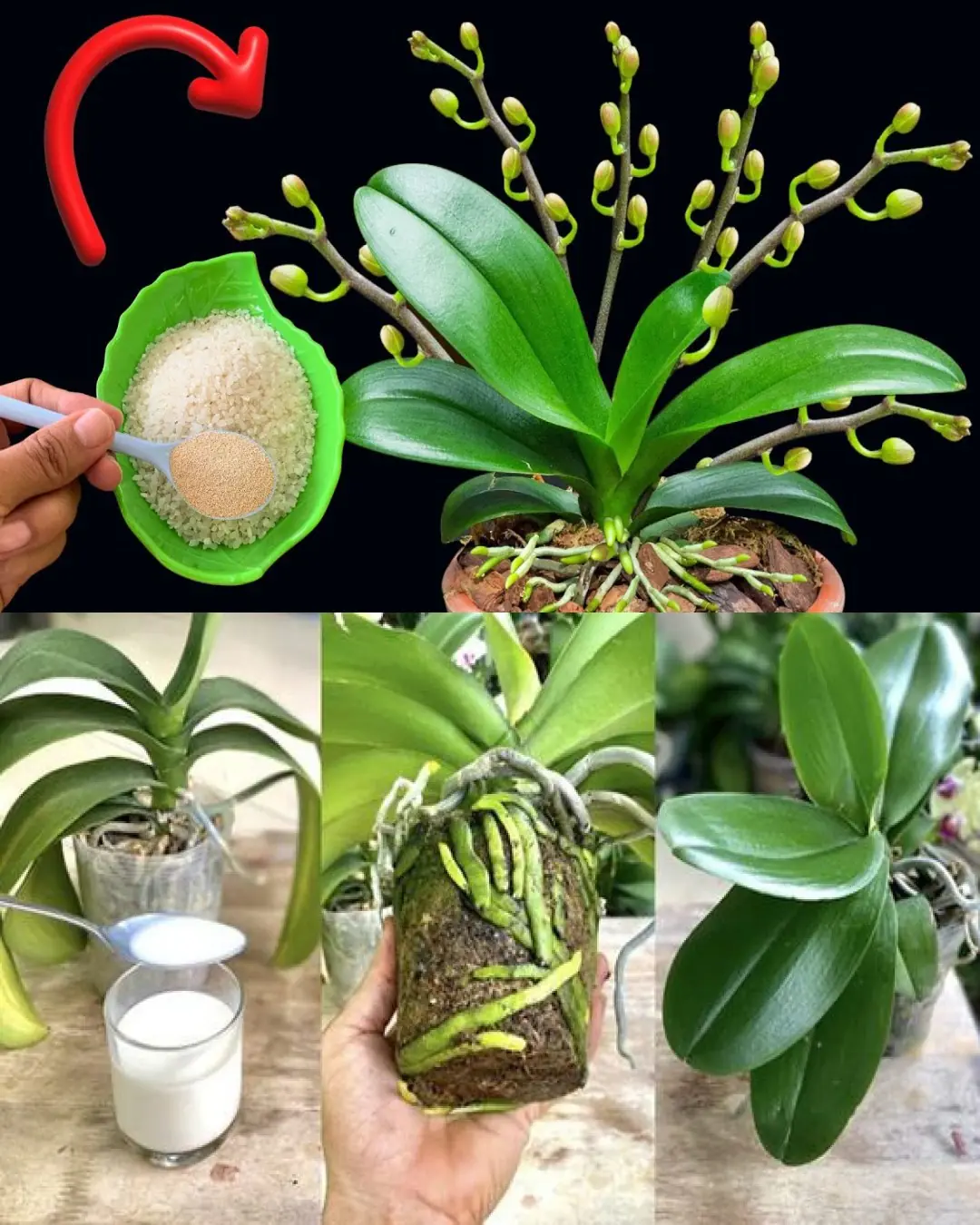
Master the Art of Growing Orchids: Expert Tips for Lush, Long-Lasting Blooms
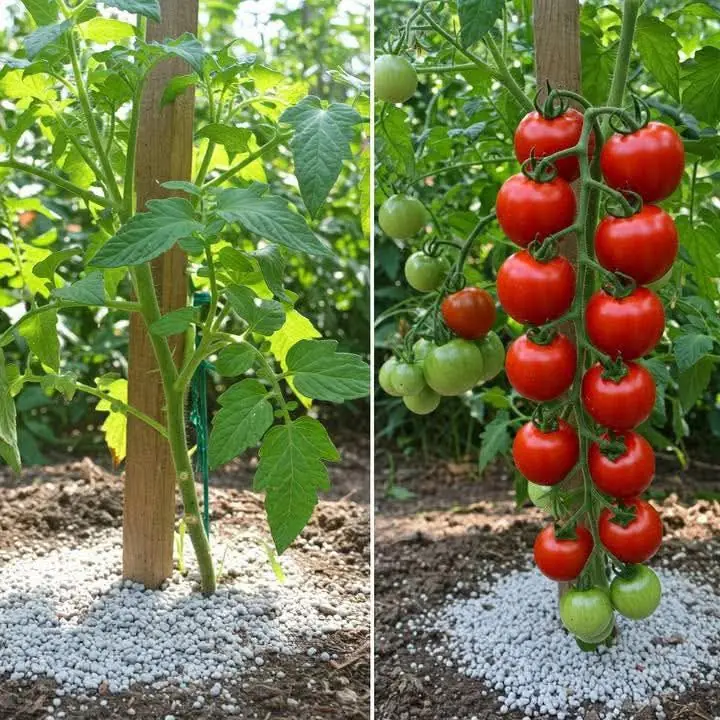
Plant Tomatoes Like a Pro: 8 Ingredients for Super-Sonic Growth

The Romance of a Busy Broker
News Post

4 parts of chicken you should not eat

Tips to smooth clothes without an iron

How to Grow a Lemon Tree From Seed Indoors or Outside, According to Horticulturists

7 Brilliant Uses For Eggshells In Your Garden

Drinking coffee at the wrong time can ha.rm your heart
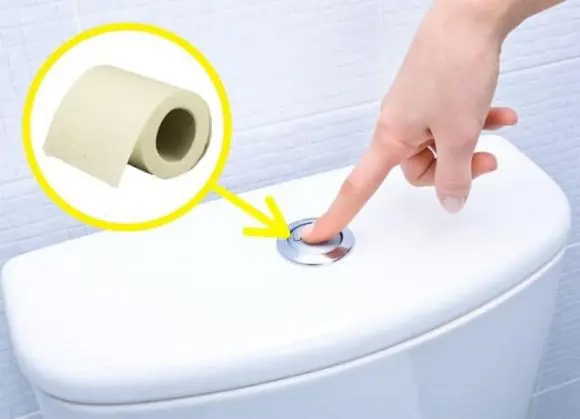
Tips to save money with toilet paper rolls
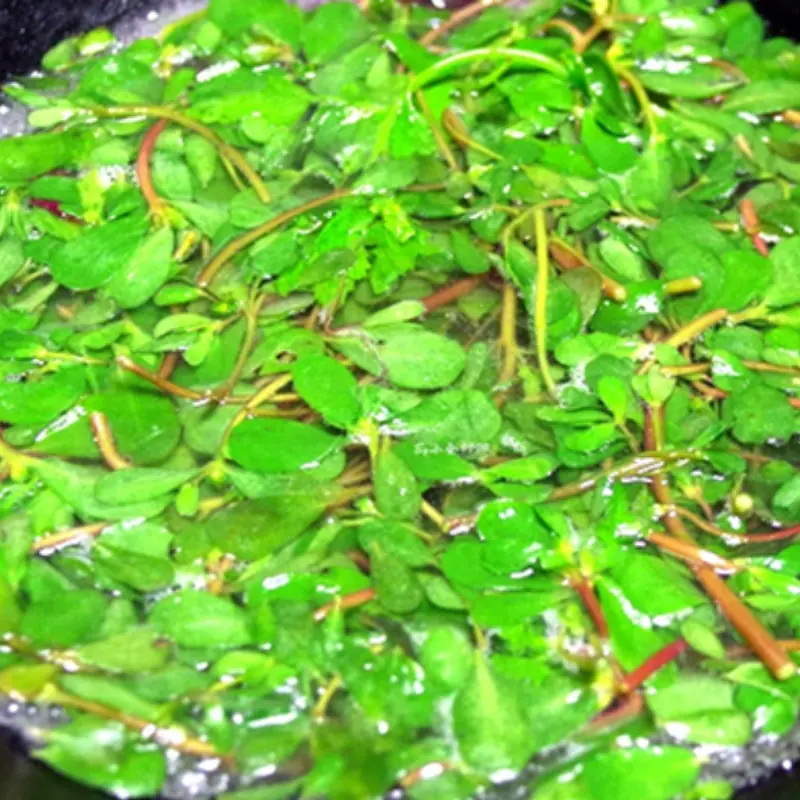
Two Types of Vegetables That Are Unlikely to "Absorb" Pesticides — The Top One Is Surprisingly Unknown to Many

Grow Plump, Flavorful Eggplants with These Smart Growing Tips

These 3 Meats Can Harbor Parasites if Not Cleaned Thoroughly

A Little Cloud
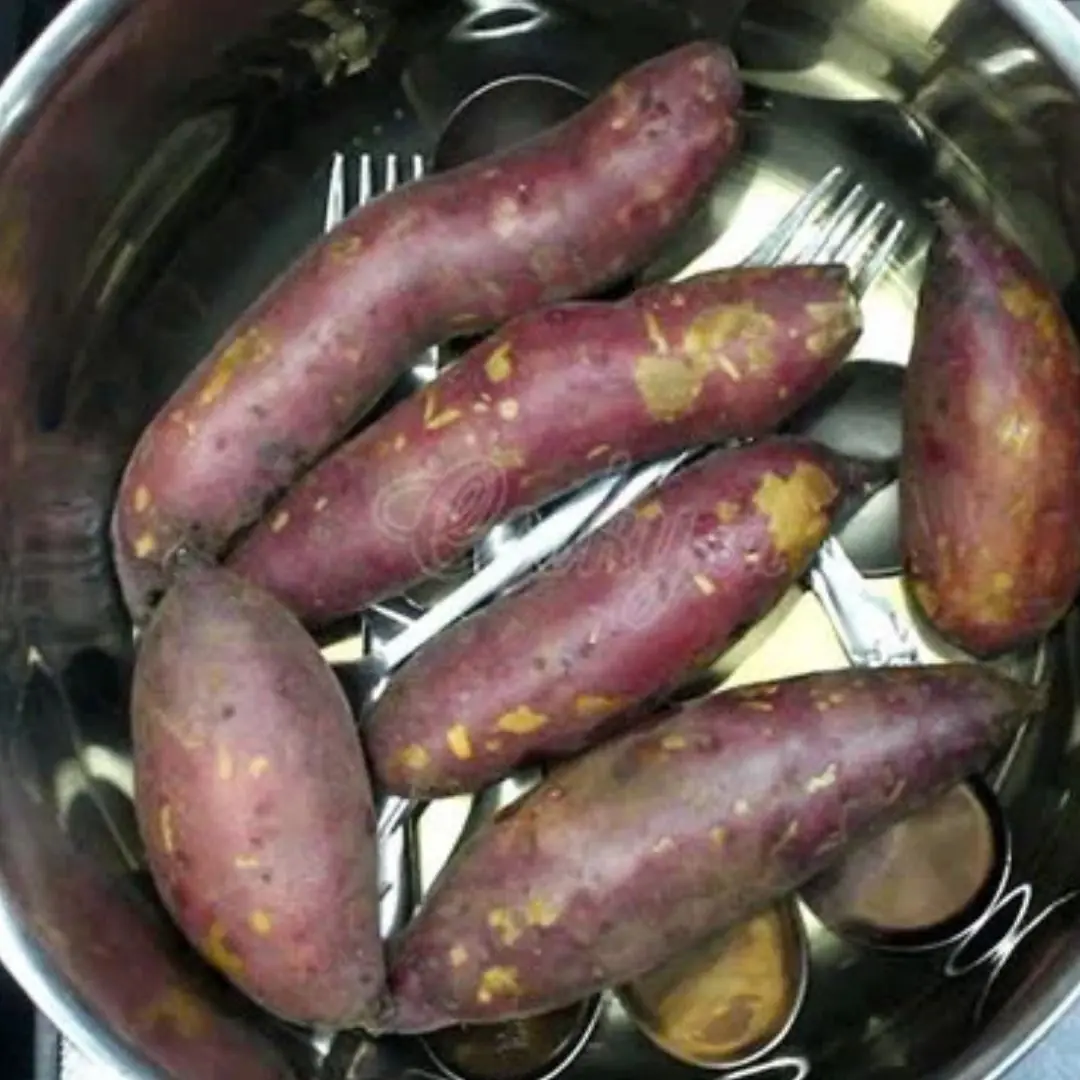
Boil potatoes without water: This way the potatoes will be soft, fragrant, and not bland.

If the engine fails, will the plane fall straight down?

6 wa.rning signs your bo.dy might be “nurturing” can.cer

How to clean sink drain easily
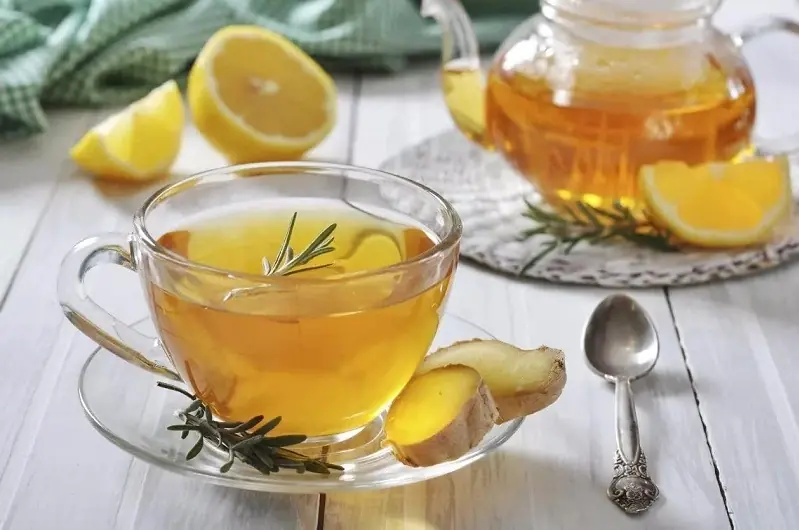
5 effective liver de.tox drinks to have before bed

Experts Warn of Rising Bird Flu Th.r.eat: Could Avian Influenza Become the Next Pa.nd.emic?

Whistling Dick's Christmas Stocking

3 Fruits That May Harbor Parasites – Eat with Caution to Avoid Illness

5 amazing health benefits of black bean water
